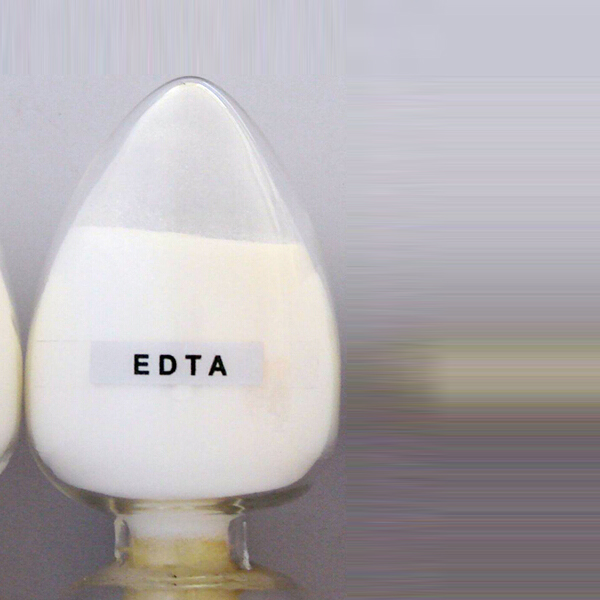
News
Aug . 10, 2024 08:40 Back to list
Exploring the Benefits of High-Quality Chelated Fertilizers with Microorganisms for Optimal Plant Growth
High Quality Chelated Fertilizer The Role of Microorganisms in Enhancing Soil Health
In the realm of sustainable agriculture, the quest for high-quality chelated fertilizers has gained significant momentum. These fertilizers are essential for maximizing nutrient availability to plants, promoting healthy growth, and ultimately enhancing crop yields. A fascinating aspect of modern agricultural practices is the increasing recognition of the role that microorganisms play in the effectiveness of these fertilizers.
Chelated fertilizers are designed to enhance the solubility and availability of essential nutrients, particularly micronutrients like iron, manganese, zinc, and copper. By forming stable complexes with these nutrients, chelated fertilizers prevent them from becoming immobilized in the soil, making them readily accessible for plant uptake. However, the efficacy of these fertilizers can be significantly enhanced through the activity of soil microorganisms.
Microorganisms, including bacteria, fungi, and archaea, are pivotal players in soil health and fertility. They facilitate various biochemical processes that contribute to the decomposition of organic matter, nutrient cycling, and the formation of soil structure. When it comes to chelated fertilizers, certain microorganisms possess the unique ability to enhance nutrient solubility and availability further. For instance, some bacteria produce organic acids that can dissolve minerals and release nutrients, effectively complementing the work of chelated fertilizers.
The synergistic relationship between chelated fertilizers and soil microorganisms can be attributed to several factors. First, the application of chelated fertilizers stimulates microbial activity in the soil. As microorganisms thrive on the nutrients provided by chelated fertilizers, they, in turn, break down organic matter, releasing additional nutrients in forms that plants can readily absorb. This creates a positive feedback loop where both the fertilizer and microorganisms promote soil health.
high quality chelated fertilizer microorganisms

Secondly, some microorganisms can effectively modify the chemical forms of nutrients in the soil. For example, mycorrhizal fungi form symbiotic relationships with plant roots, significantly enhancing the plants' capacity to absorb water and nutrients. These fungi can interact with chelated nutrients, improving their mobilization in the rhizosphere, which is the area of soil directly influenced by plant roots. This interaction not only enhances nutrient uptake but also promotes overall plant health and resilience against environmental stressors.
Moreover, microbial communities contribute to the stability and effectiveness of chelated fertilizers. Certain microorganisms are known to produce polysaccharides and other compounds that enhance soil structure and water retention. Improved soil structure increases aeration and drainage, creating a more conducive environment for root growth and nutrient absorption. Consequently, the collaborative efforts of soil microorganisms and chelated fertilizers culminate in a holistic approach to soil fertility management.
However, the benefits of combining high-quality chelated fertilizers with microbial inoculants are not automatic. It is crucial for farmers and agricultural practitioners to understand the specific conditions within their soils. Factors such as soil pH, organic matter content, and microbial diversity can influence the performance of both chelated fertilizers and microbial populations. Regular soil testing and monitoring can help in crafting tailored application strategies that optimize the benefits of this synergistic interaction.
In conclusion, high-quality chelated fertilizers represent a significant advancement in agricultural practices, allowing for enhanced nutrient availability. However, harnessing the full potential of these fertilizers requires an understanding of and collaboration with soil microorganisms. By leveraging the natural abilities of these microbial communities, farmers can foster a more sustainable and productive agricultural ecosystem. As we move towards a more ecologically responsible approach to farming, integrating the use of chelated fertilizers and microorganisms will be imperative in achieving long-term soil health and agricultural productivity.
-
Polyaspartic Acid Salts in Agricultural Fertilizers: A Sustainable Solution
NewsJul.21,2025
-
OEM Chelating Agent Preservative Supplier & Manufacturer High-Quality Customized Solutions
NewsJul.08,2025
-
OEM Potassium Chelating Agent Manufacturer - Custom Potassium Oxalate & Citrate Solutions
NewsJul.08,2025
-
OEM Pentasodium DTPA Chelating Agent Supplier & Manufacturer High Purity & Cost-Effective Solutions
NewsJul.08,2025
-
High-Efficiency Chelated Trace Elements Fertilizer Bulk Supplier & Manufacturer Quotes
NewsJul.07,2025
-
High Quality K Formation for a Chelating Agent – Reliable Manufacturer & Supplier
NewsJul.07,2025
